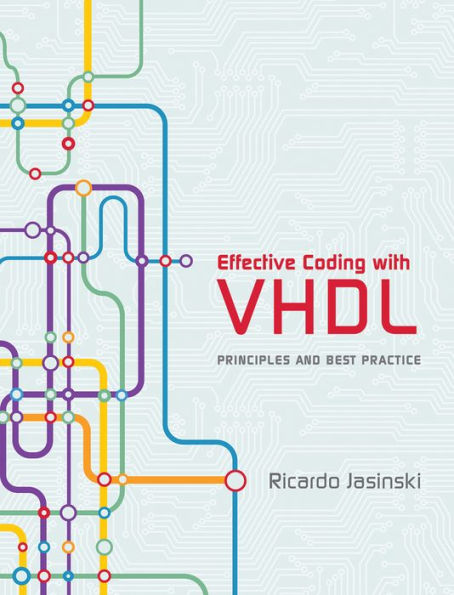Donald W. Bouldin
Hardware designers tend to produce poorly structured VHDL while software designers often do not adequately consider resource constraints of size, speed, and real-time response. This sorely needed book shows readers how to implement and verify projects that not only meet the hardware functionality requirements but do so with concise, readable, and reusable VHDL.
Endorsement
Hardware designers tend to produce poorly structured VHDL while software designers often do not adequately consider resource constraints of size, speed, and real-time response. This sorely needed book shows readers how to implement and verify projects that not only meet the hardware functionality requirements but do so with concise, readable, and reusable VHDL.
—
Donald W. Bouldin, Professor Emeritus of Electrical Engineering and Computer Science, University of Tennessee
From the Publisher
This is the book that so many of us have been waiting for. It goes way beyond teaching VHDL language to address the principles of design. Ricardo Jasinski takes the wisdom learned from software gurus like Martin Fowler and Ward Cunningham and translates it to hardware design. It will challenge you to be a better coder and a better designer.
—
Philippe Faes, PhD, CEO of Sigasi
Hardware designers tend to produce poorly structured VHDL while software designers often do not adequately consider resource constraints of size, speed, and real-time response. This sorely needed book shows readers how to implement and verify projects that not only meet the hardware functionality requirements but do so with concise, readable, and reusable VHDL.
—
Donald W. Bouldin, Professor Emeritus of Electrical Engineering and Computer Science, University of Tennessee
Philippe Faes
This is the book that so many of us have been waiting for. It goes way beyond teaching VHDL language to address the principles of design. Ricardo Jasinski takes the wisdom learned from software gurus like Martin Fowler and Ward Cunningham and translates it to hardware design. It will challenge you to be a better coder and a better designer.



